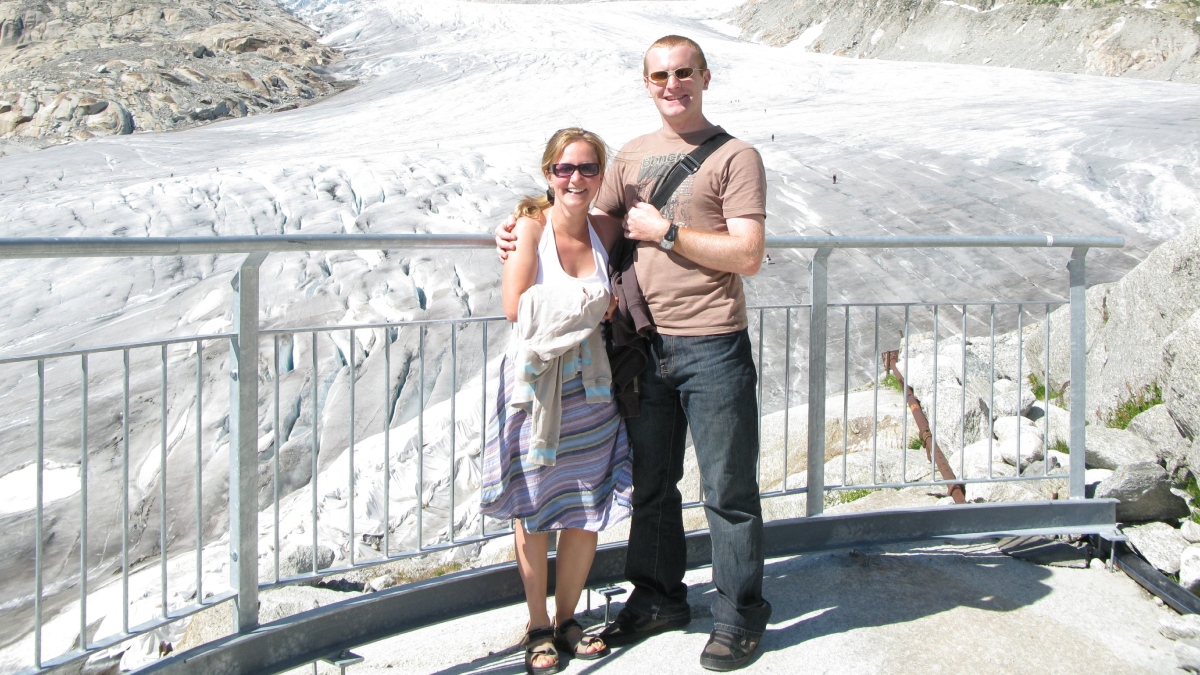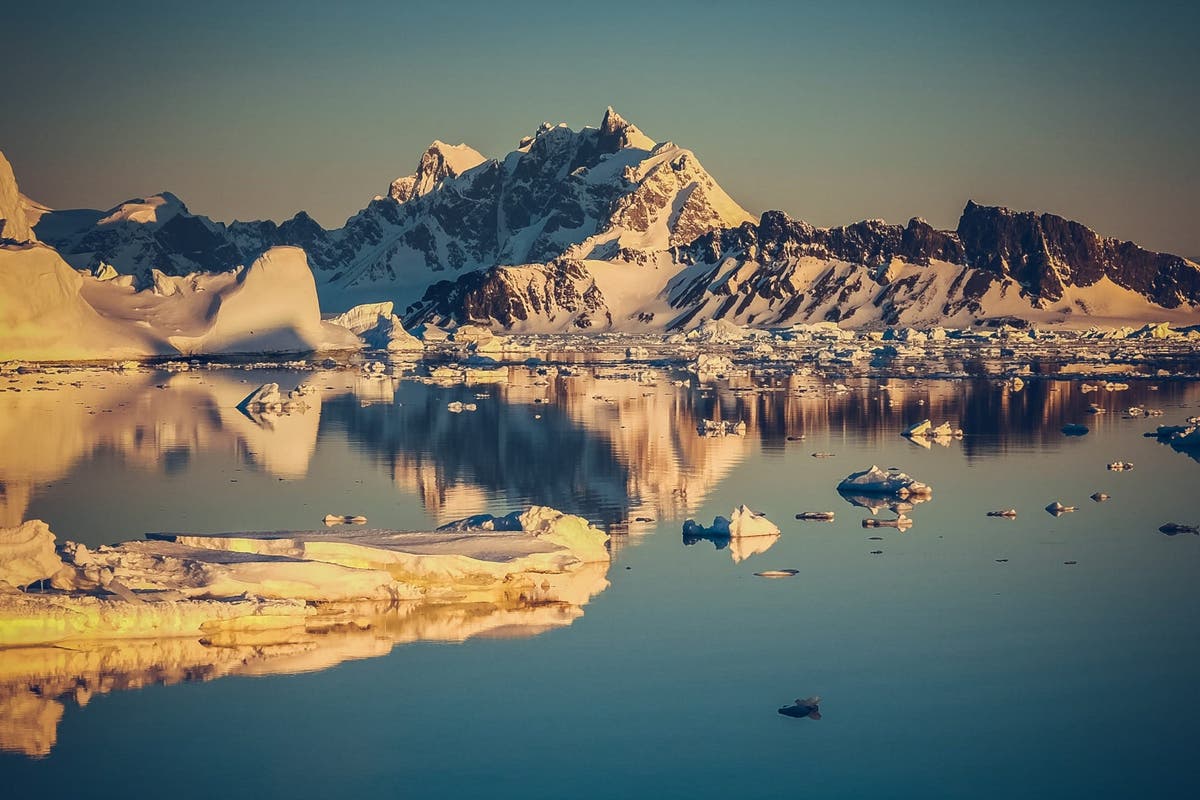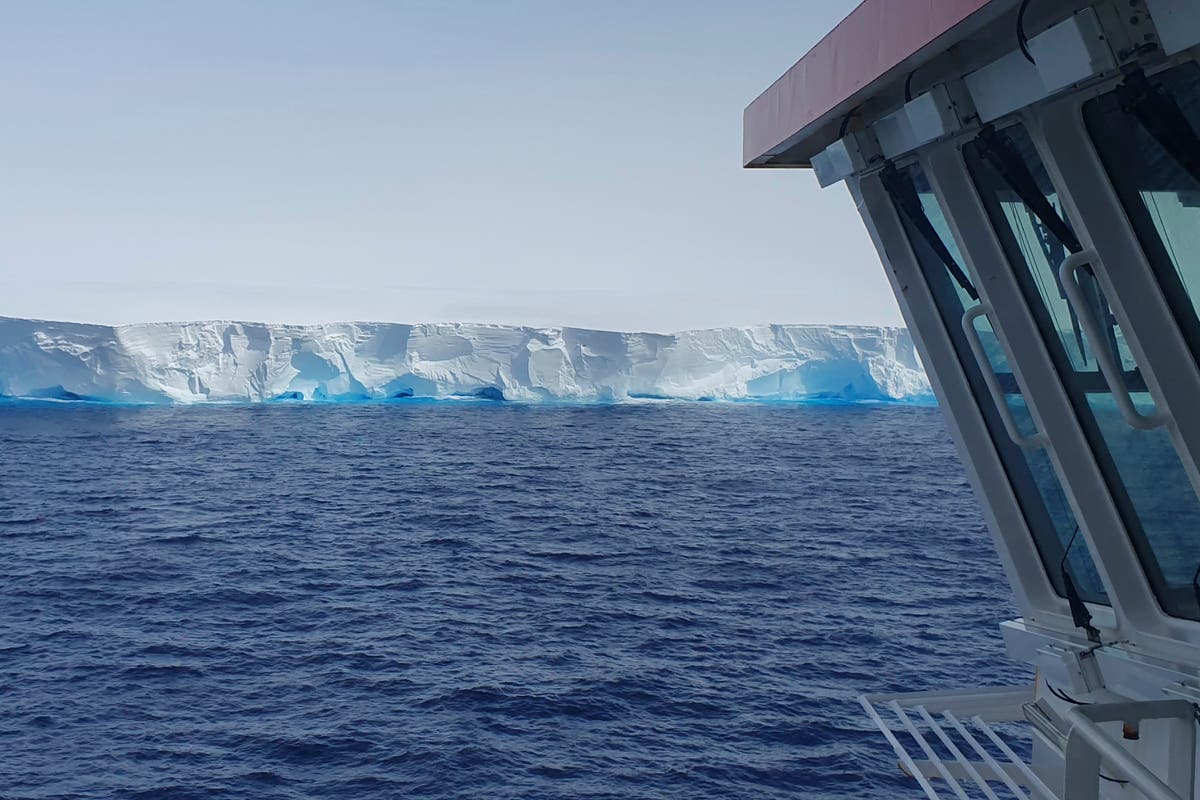
Antarctica's Doomsday Glacier is 'holding on by its fingernails'
Daily MailAntarctica's Thwaites Glacier is 'holding on by its fingernails', experts say, after discovering that it has retreated twice as fast as previously thought over the past 200 years. Worrying times: Antarctica's Thwaites Glacier is 'holding on by its fingernails', experts say, after discovering it has retreated twice as fast as previously thought over the past 200 years For the first time, scientists mapped in high-resolution a critical area of the seafloor in front of Thwaites that gives them a window into how fast the glacier has retreated and moved in the past The Doomsday Glacier The Thwaites glacier currently measures 74,131 square miles – around the same size as Great Britain. The collapse of the Thwaites Glacier would cause an increase of global sea level of between one and two metres, with the potential for more than twice that from the entire West Antarctic Ice Sheet. To collect the imagery and supporting geophysical data, the team, which included scientists from the US, UK and Sweden, launched a state-of-the-art orange robotic vehicle loaded with imaging sensors during an expedition in 2019 Scientists Robert Larter and Alastair Graham look on in awe at the crumbling ice face of the Thwaites Glacier The R/V Nathaniel B. Palmer research ship photographed from a drone at Thwaites Glacier ice front in February 2019 'This was a pioneering study of the ocean floor, made possible by recent technological advancements in autonomous ocean mapping and a bold decision by the Wallenberg foundation to invest into this research infrastructure,' said Anna Wåhlin, a physical oceanographer from the University of Gothenburg who deployed Rán at Thwaites.
History of this topic
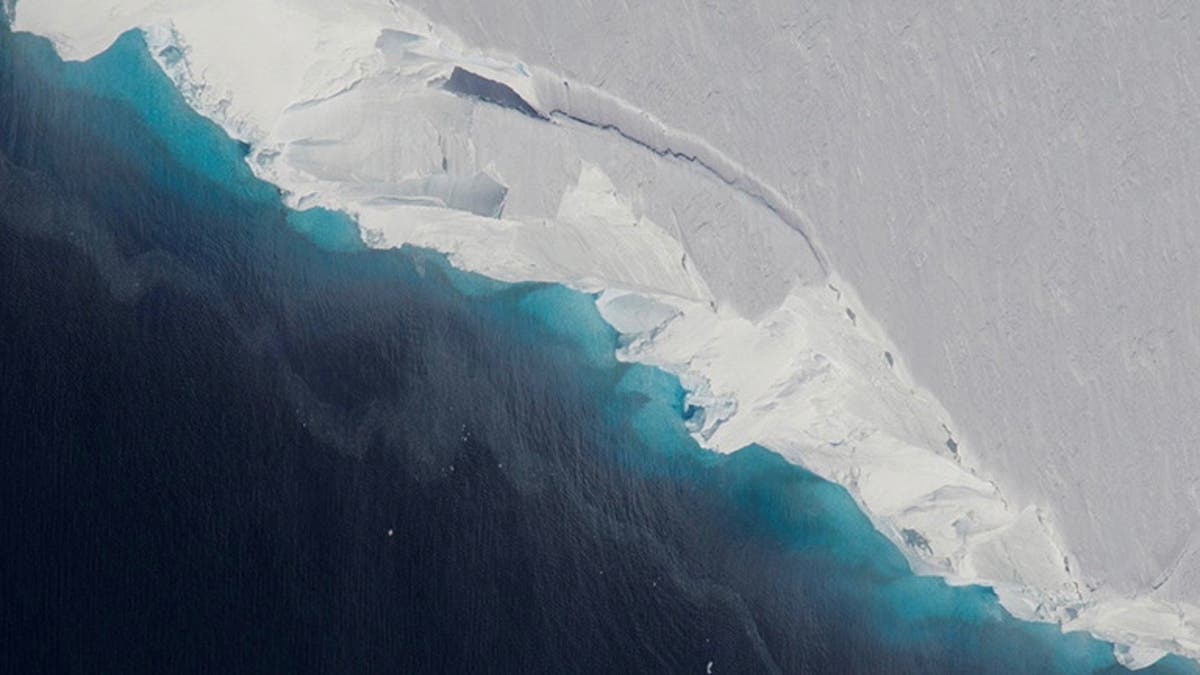
Doomsday Glacier won’t collapse in coming decades, but outlook remains ‘grim’: report
The Independent
Doomsday Glacier: Scientists looked deep beneath Antarctic ice. What they found could spell disaster
CNN
Antarctica's 'Doomsday Glacier' is on the verge of COLLAPSING: Huge ice sheet the size of Great Britain could cause global sea levels to rise by 2 FEET, study warns
Daily Mail
SCIENCE NOTEBOOK | Extent of Antarctic sea ice reached a record low in February
The Hindu
Antarctica's 'Doomsday Glacier' is Melting. Here's Why You — Sitting 12,000 Km Away — Should Worry
News 18
‘Doomsday’ glacier is melting in Antarctica, and it’s bad news
Live Mint
Antarctic sea ice hits new record low in 2023
The Independent
Antarctica’s Doomsday Glacier ‘in trouble’ say scientists - All you need to know
Live Mint
Warm water melts weak spots on Antarctica’s ’Doomsday Glacier’
Live MintFissures speeding up Thwaites glacier melt revealed by deep ice-core camera
ABC
Antarctica Doomsday Glacier: ‘We should all be very concerned’
Al Jazeera
Antarctica's 'Doomsday glacier' rapidly melting: What study means for the world
Hindustan Times)
Why are scientists sounding fresh alarms on ‘doomsday glacier’ Thwaites?
Firstpost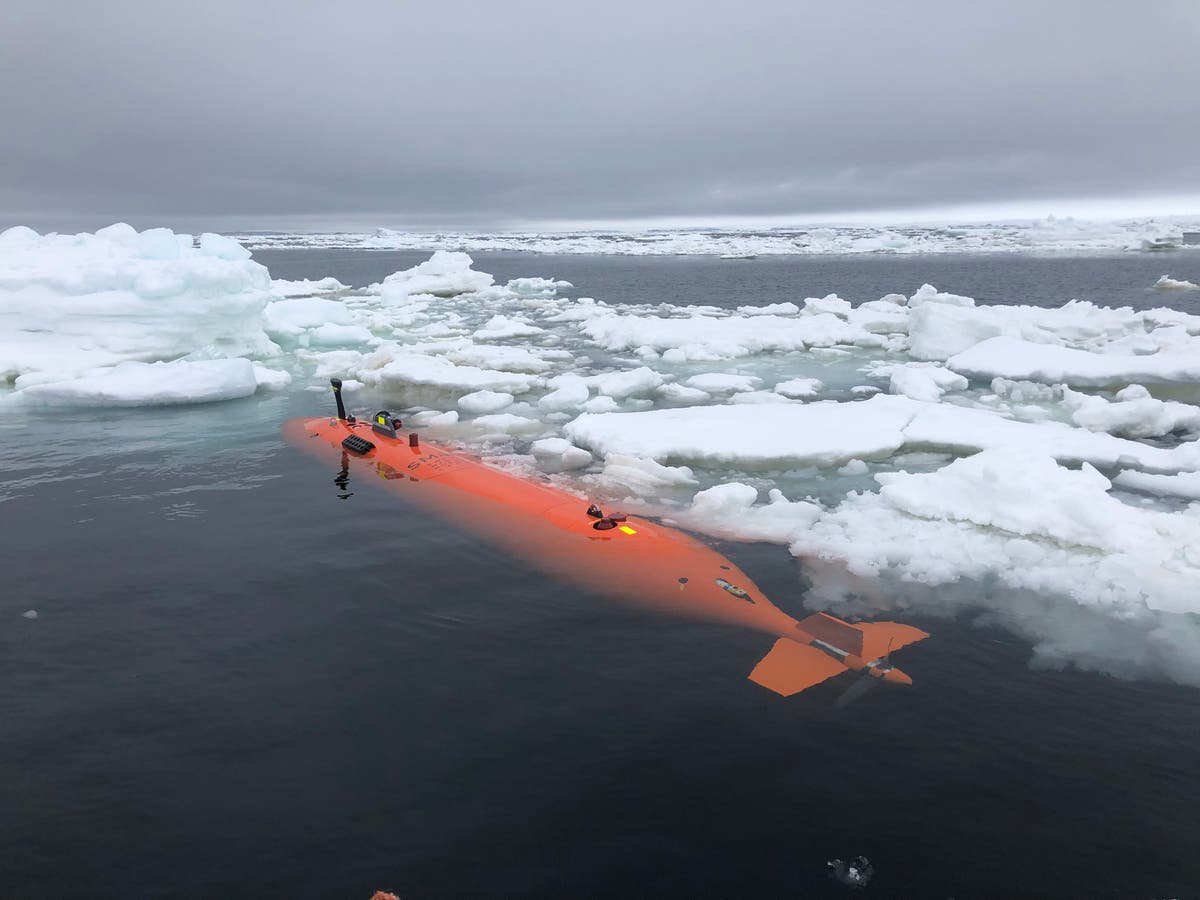
Seafloor images shed new light on Thwaites Glacier retreat
The Independent
Antarctica is crumbling: Scientists find ice sheet thinning, headed for major disruption
India Today
Antarctic sea ice reaches second lowest level in 44 YEARS
Daily Mail
Scientists explore Thwaites, Antarctica’s ‘doomsday’ glacier
Associated Press
Why Antarctica's 'Doomsday' glacier could lead to catastrophic sea-level rise? Scientists to study its past, future
India Today
Antarctica's Doomsday Glacier: How Its Collapse Could Trigger Global Floods & Swallow Islands
News 18
Ice shelf on Antarctic's doomsday glacier is CRACKING and is likely to break free within five years
Daily Mail)
Climate Experts Cover Shrinking Italian Glacier With Cloth to Save it From Summer Heat
News 18)
Antarctica's 'Doomsday Glacier' and Why it's Melting Faster Than You Think: All You Need to Know
News 18Discover Related




